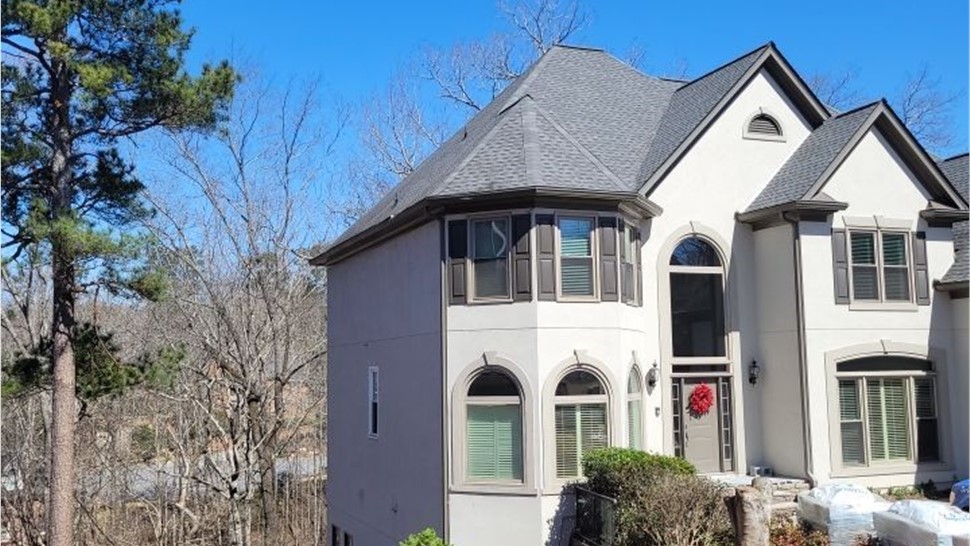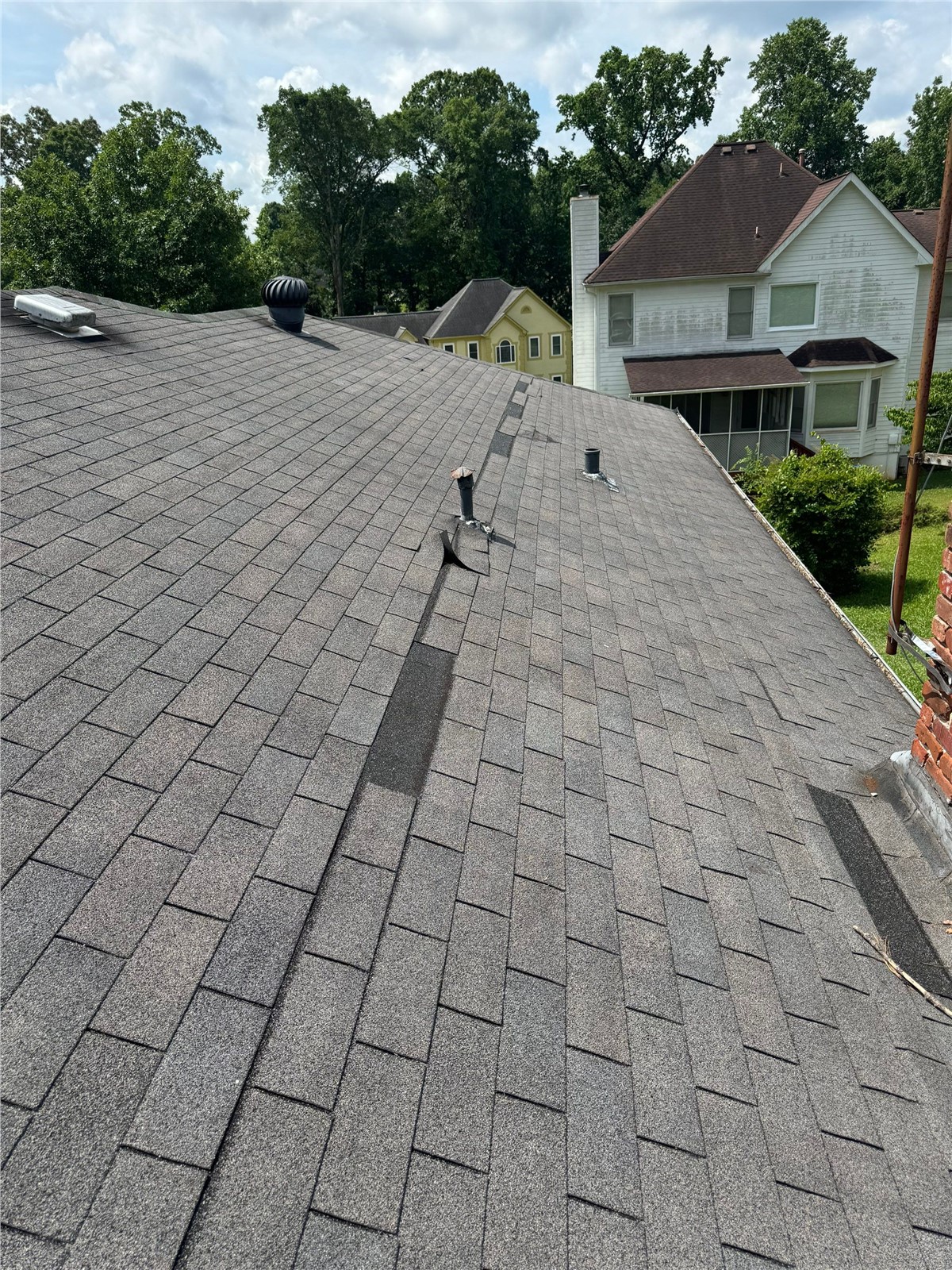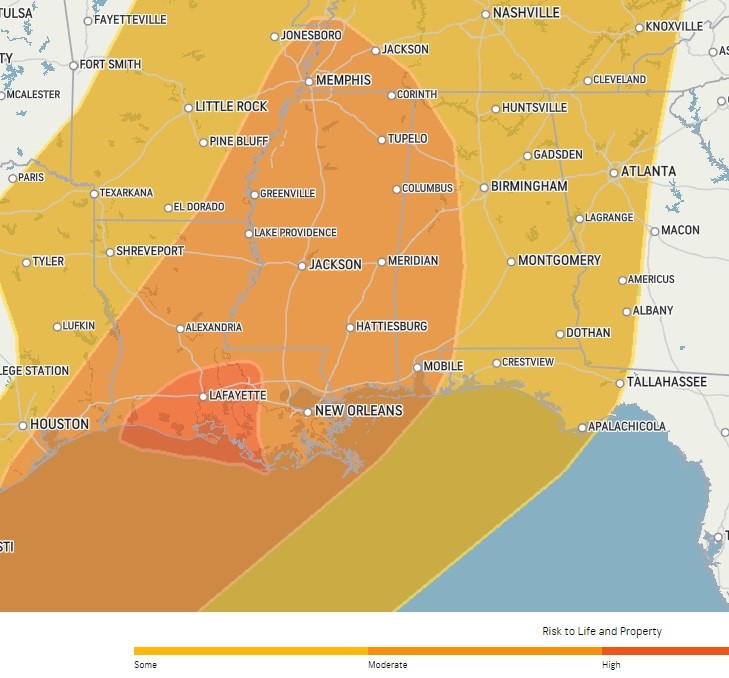
If you don't want to crank up the thermostat, a warm drink and well-layered clothes will keep you cozy.
When the leaves turn, the battle over the thermostat begins. One family member wants to crank up the heat right away, while another insists on saving money by waiting until November 1 on the dot. And once the heat goes on, the dispute between dollars and comfort continues, usually fought over how high to set the temperature.
You can pull some of the chill out of this conflict without wasting power. Taking advantage of convection, insulating your home, and warming your body can all improve your comfort without requiring any thermostat adjustment. Here's how to keep heat in the house.
Work with convection
Warming your house starts with convection. Based on the fact that hot air rises while cold air falls, you can encourage the warmth to stick around while giving the chillier gas room to drop out of your home, usually into the basement.
In order to get the most out of your furnace, you'll need to turn your house into sort of a vertical heat blower, slowing the drift of hot air upwards, allowing cool air to sink down, and getting the most out of heat sources, while limiting how much leaks out.
Side note: You shouldn't aim to prevent heat from escaping entirely. In fact, rather than over-insulating, you'll want to ensure that the highest point in your house, usually the attic, has proper ventilation to let out the hot, moist air that collects in any building where humans live. That's because, during the winter, your roof needs to stay at a uniform temperature to prevent the formation of ice dams. These occur when the middle of a roof is warm but its edges are cold. In these conditions, snow will first melt and then refreeze, forming a large chunk of ice on the eaves, which blocks the slush from falling off the building. Instead, it might leak into your home, leaving you with a much higher repair bill.
Make your home cozy
The parts of a building where people live and work need to stay dry and temperate. So architects wrap these so-called "conditioned" areas in a barrier called a building envelope. No building envelope is completely airtight, which is a good thing for breathing—but also means that some heat will inevitably escape. Still, you can take a few steps to keep the warmth in and the cold out.
Start by checking your ventilation: Open any vents and clear out dust and obstructions. Free air flow will help maintain a comfortable temperature. In homes with central heating, don't forget your cold air returns, vents that usually sit on your wall at about the baseboard level. They're designed to provide an outlet for the cold air, whose escape makes the room warmer.
Like vents, ceiling fans can help control the flow of heat. If you have these spinners, set them to rotate clockwise, which forces hot air downward. To do so, turn off your fan, wait for it to stop completely, and then use a stepladder to climb up and look at the motor housing. It should include a switch that lets you change its direction.
Next, hunt for leaks. Any portal to the outside, such as a door or a window, is a potential source of cold air. So check the weather-stripping on doors and windows, and if you see wear, such as cracks or peeling, remove the old material and replace it. If you plan to leave your windows closed for the season, you can further reduce leaks by shrink-wrapping them with sealing kits and a hair dryer. You can't seal up doors inside the house, but you can put down draft blockers to prevent air from migrating out.
Speaking of windows, you can also be strategic about your blinds and curtains. First, figure out which side of your house receives sun and which stays in the shade. During daylight hours, uncover the windows on the sunny side to let in light and heat, and close the blinds on the shady side to block colder air. At night, cover all the windows to prevent heat from radiating out.
You might not think of your basement as a source of leaks, but if you seal it properly, it will help prevent cold air from entering your house in the first place. While you're down there, install a water heater jacket and insulate the first three feet of the pipes entering and leaving your water heater. This increases its efficiency, which saves you money.
Another way to make your system efficient: Install a smart thermostat from a company like Nest. This will regulate heat more precisely. Another handy tool is the humble humidifier. Mugginess might be your enemy during the summer, but for maximum comfort in winter, you should aim to maintain the relative humidity at 40 to 50 percent. Or, if you start seeing condensation forming on your windows, you may need to set it lower.
Heat your body
Of course, as the mercury drops, you may find yourself shivering in even the best-sealed home. Feeling cold has nothing to do with losing heat: In fact, your body generally will maintain its core temperature for up to an hour. It's a question of comfort, which is a bit trickier to manage.
For example, most offices heat and cool the building according to an algorithm that assumes everyone is a middle-aged man=, which leads some people to break out shorts in January while others layer on sweaters. Unfortunately, you won't find a one-size-warms-all algorithm. Factors such as BMI, activity in the hypothalamus (the brain's thermostat), metabolic rate, and even height can dictate who sweats and who shivers under the exact same conditions. To solve this, you don't need to fiddle with the thermostat, but you might have to change what you wear and trick your brain a little bit.
When you choose your clothes for the day, the best way to ensure your comfort is to dress in multiple thin, warm layers. These trap air, which is a great insulator. The more layers, the more air you hold against your body, and the more insulation you have. Plus, if you start feeling too hot, you can quickly strip off some of that clothing. And layering also applies to blankets—stack your bed with plenty.
Also, don't forget to cover as much of your skin's surface as possible—lots of sweaters won't prevent you from shivering when your bare feet touch a cold floor.
In addition to clothing choices, behavior can affect your temperature. As tempting as it might be to curl up under a blanket, you should keep lightly active, with activities like walking around the house at regular intervals. This will elevate your body heat and convince your body that you're warmer.
Another good way to feel warm is to brew a nice hot drink. This doesn't physically change your temperature, but your mouth is one of the most sensitive places on the body. Warm this area, and it may tell the hypothalamus that your whole body is toasty. That said, you might not want to add a nip to your mug; alcohol opens up blood vessels and allows more heat to escape your body.
The fight over the thermostat may never end. But with a snug house and a few layers, you'll have a warmer body, and thus a cooler head.
Written by Dan Seitz for Popular Science and legally licensed through the Matcha publisher network. Please direct all licensing questions to legal@getmatcha.com.
Our expert roofers use ideal energy-saving and heat cooling roofing materials to keep your attic and home comfortable. Insulation is just one of a variety of cooling measures for the home. Dr. Roof offers ridge vents, solar-powered attic fans, and electric-powered attic fans to help ease the pain in the attic. Call 770-552-7663 for your free estimate to improve your attic's ventilation today!
Subscribe to Dr. Roof's Blog








Comments